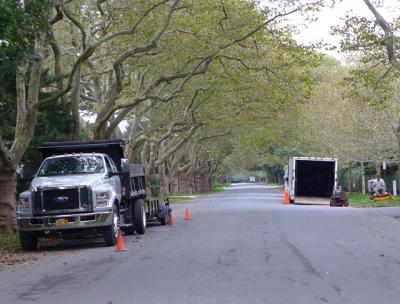Saving History
Saving History
It has been an exciting couple of weeks for South Fork history buffs. A rare copy of the Declaration of Independence with a strong East Hampton connection sold at auction upstate on Saturday for $1.5 million plus fees. Southampton Town officials are considering a historical designation for part of the hamlet of Bridgehampton. And in East Hampton Town, there is movement on new rules that would protect landmark houses from demolition.
The town plan is modeled on one implemented recently in East Hampton Village. It gives certain homeowners the right to build an additional residence on a property in exchange for lasting protection for a historical structure on the same site. This seems a fair tradeoff. Owners would be able to expand without having to build on to a lovely old existing house in a way that would diminish its significance. So far 13 property owners have been positive in response to the town’s outreach.
As much as any other factor, our history has made us what we are as a community. To the extent that brick-and-mortar reminders of the past can be preserved, they should be. This plan is a good way to begin to do that.

